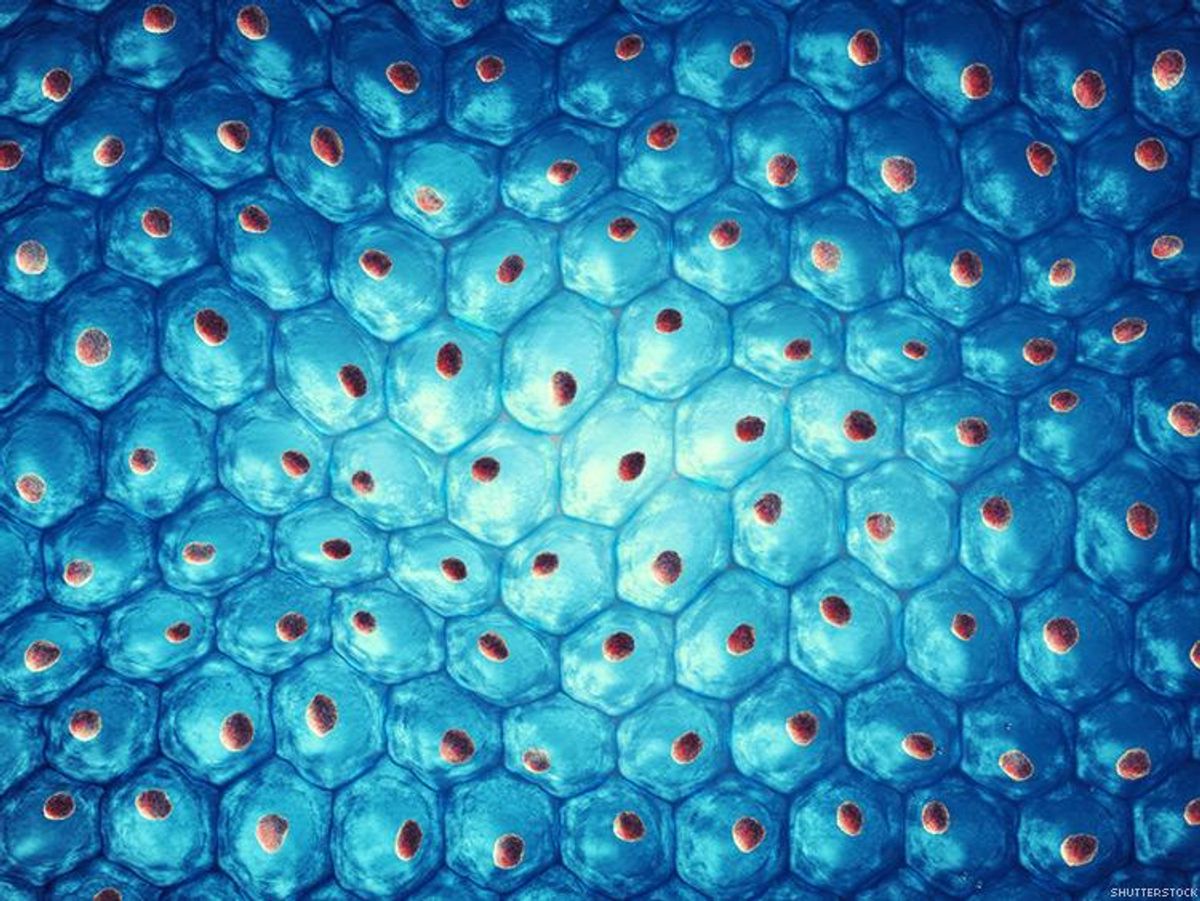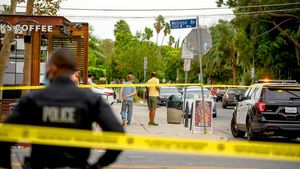The Mayo Clinic recently reported on a remarkable breakthrough where an an HIV-positive bone marrow recipient who experienced a remission of his HIV lasting 10 months. The 55-year-old man who was diagnosed in 1990 and started ART in 1999, was later diagnosed with B-cell acute lymphoblastic leukemia.
To prepare for chemotherapy his ART regimen was switched and he was prepared for an allogenic stem cell transplant from a positive donor. At the time of transplantation the patient had an HIV viral load of 25 copies/ml. He stayed on ART without interruption. The only person known to be cured of HIV – Timothy Ray Brown, known as the 'Berlin Patient' stopped ART when he received a bone marrow transplant to treat leukemia and has not had detectable virus for ten years.
On day 56 post-transplant, HIV DNA in his peripheral blood cells became undetectable. After having low HIV levels for this period of time he underwent a monitored discontinuation of ART. His plasma HIV RNA levels were tested every two weeks, and after 12 weeks, he was tested every four weeks. On day 288 he was tested and had a low-level rebound to 60 copies/ml. At day 293 it rose to 1640 copies/ml and he had to restart regular HIV treatment.
What did this prolonged remission mean? Further, what caused the rebound? Researchers stated that, “Allogeneic peripheral blood stem cell transplantation in the setting of HIV is associated with significant reductions in HIV reservoir size by multiple measures, including prolonged combination ART-free remission” One could think that this is great news.
The patient also experienced and was treated for graft-versus-host-disease (GVHD) four months after transplantation. Individuals who receive an allogenic stem cell transplant are at high risk for developing this disease. Symptoms include rashes, blistering of skin, nausea, jaundice, dryness of mouth, throat, lungs, and genitals. Researches hypothesized that this could be the cause of the decreased chance of HIV eradication for this patient and others like him.
This cause of rebound raises many questions on how to reduce GVHD in positive patients after allogenic stem cell transplants.













































































